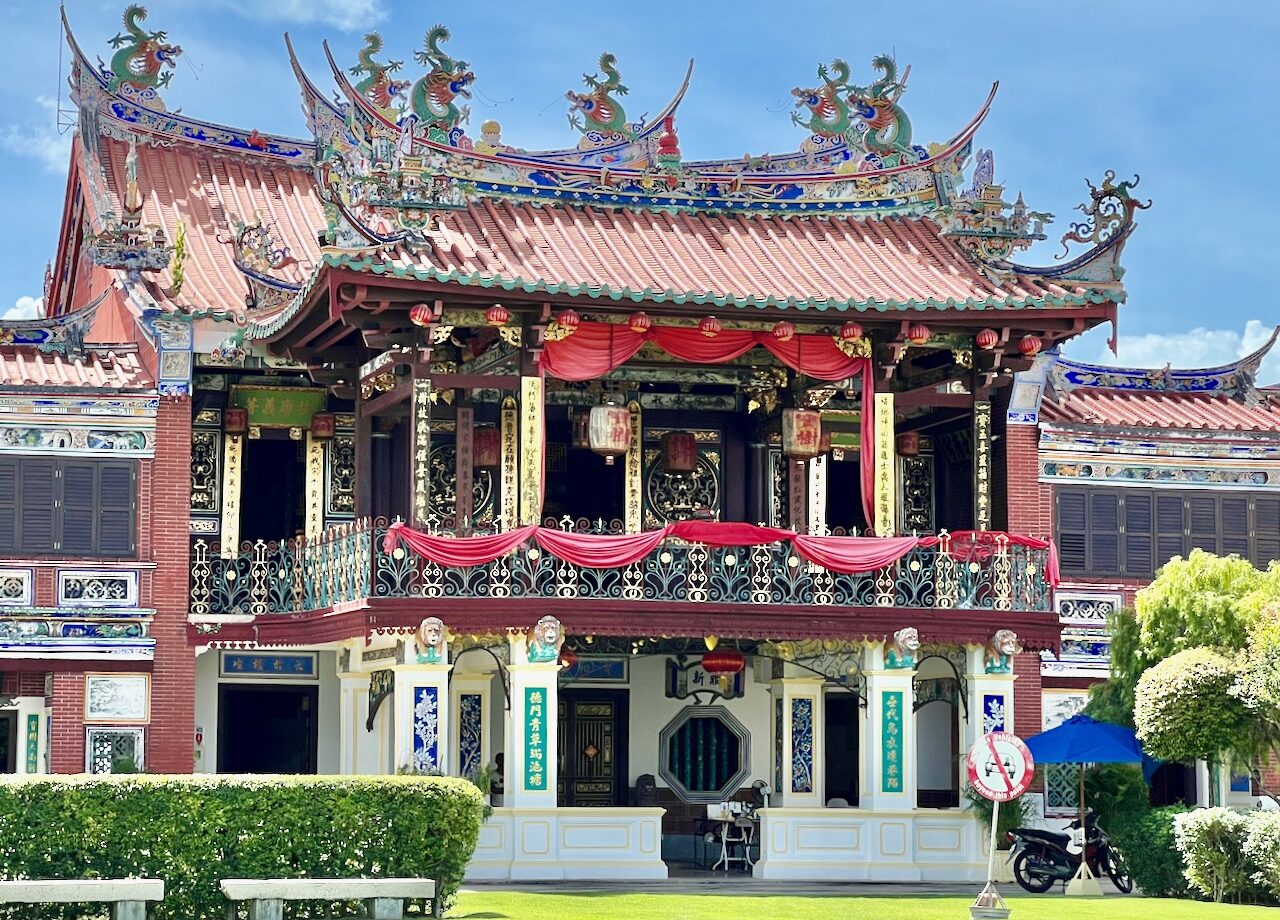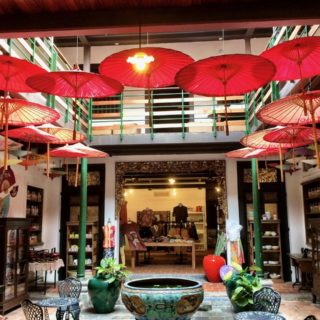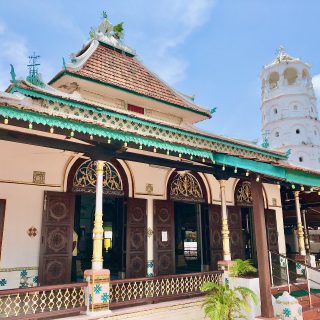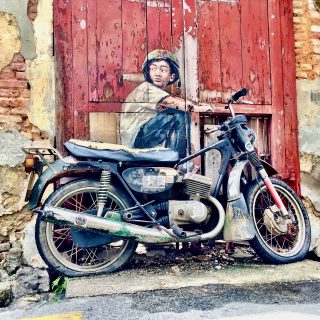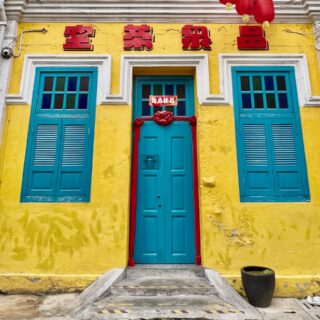George Town, the capital of Penang, is one of my favourite cities to visit in Malaysia. I’ve been there many times and the city never ceases to amaze. It’s a fascinating palette of cultural, historical, and architectural diversity that has flourished over centuries. Perhaps its biggest draw is its fantastic food scene – I, for one, will never pass up an opportunity to go on a foodie splurge in Penang! Another of George Town’s great attractions, at least for me, is its gorgeous architectural heritage. Declared a UNESCO World Heritage Site in 2008, George Town boasts an impressive array of heritage buildings that reflects its colonial history, Chinese influences, and the unique Peranakan (or Straits Chinese) culture. These buildings, and their interiors, are a fascinating and elegant fusion of Eastern and Western architectural styles.
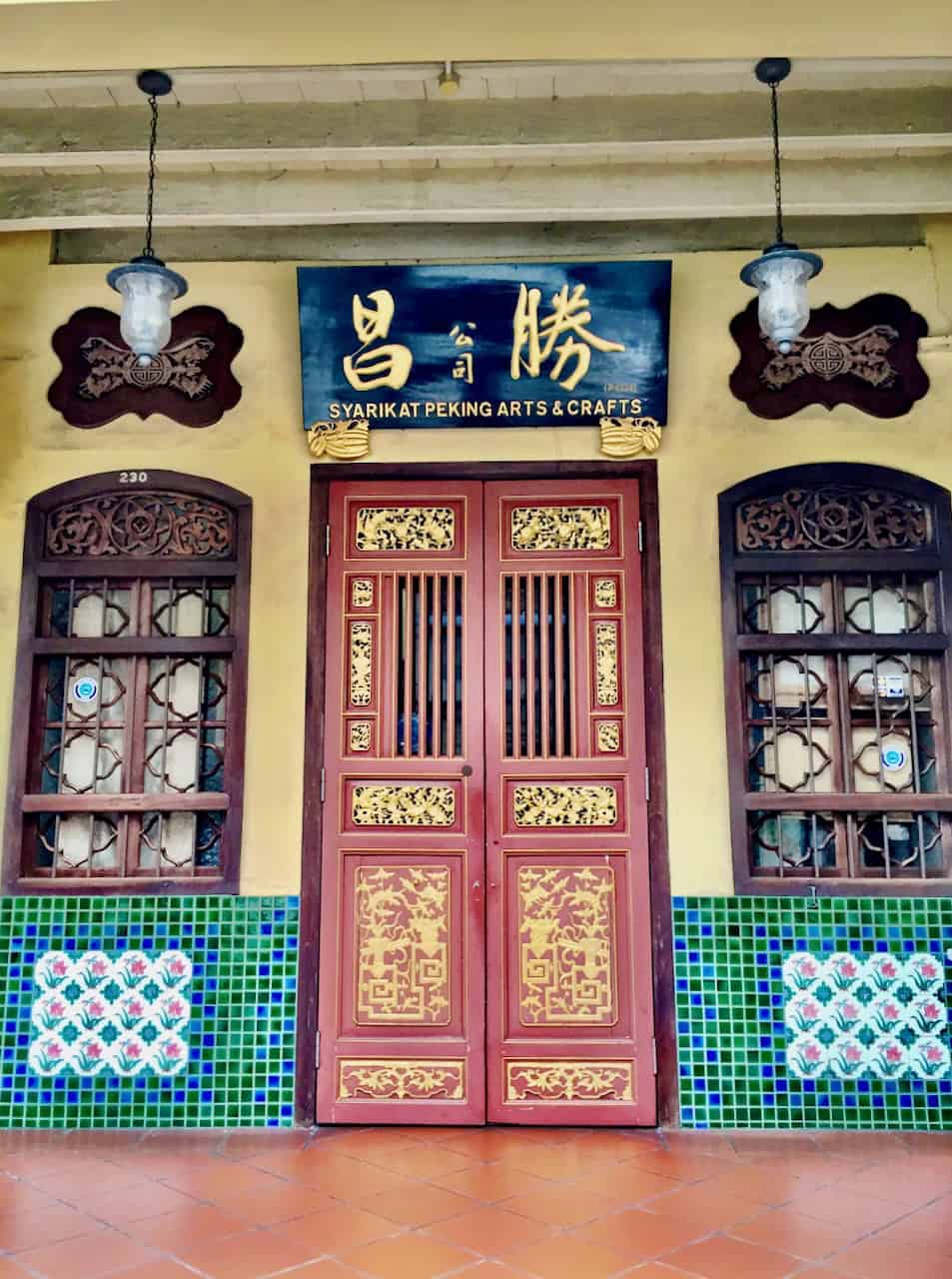
The historical legacy of George Town
George Town was founded in 1786 by Captain Francis Light of the British East India Company and quickly became a bustling port city. Its strategic location along East-West trade routes and its free port status attracted merchants and immigrants from throughout Asia, including the Chinese, Indians and Arabs. Over the centuries, these cultures left their marks on the city, contributing to its multicultural identity.
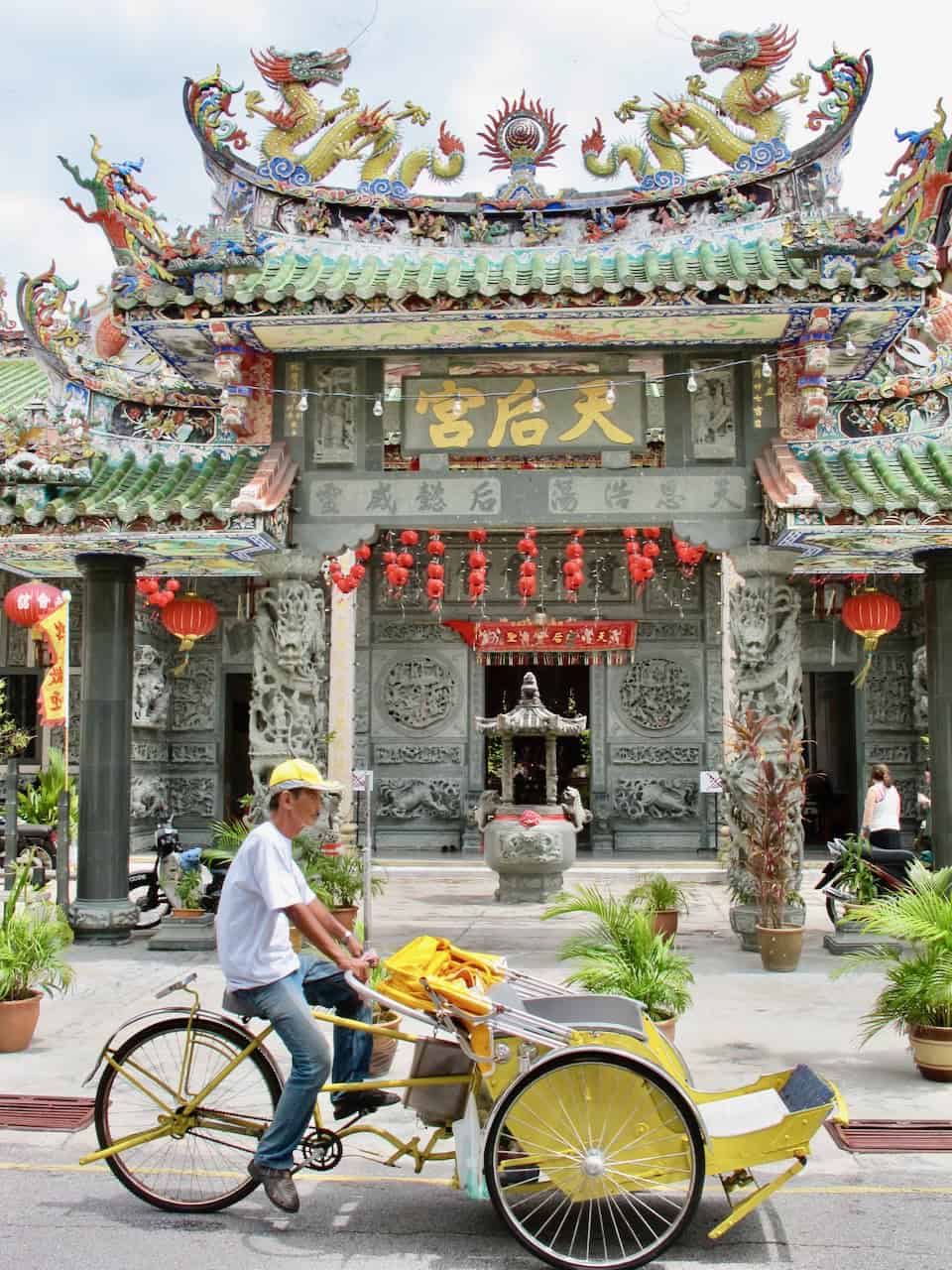
However, the most defining community of George Town is the Peranakan, or Straits Chinese. The Peranakan were descendants of Chinese immigrants who came to the region as early as the 15th century and settled in the Malay Archipelago. Their culture is a remarkable blend of Chinese traditions, Malay customs, and colonial European influences. The architecture of George Town’s heritage buildings are a remarkable reflection of this blend of customs and traditions. For visitors, one of the best things to do in Penang is stroll around George Town and admire the beautiful façades.
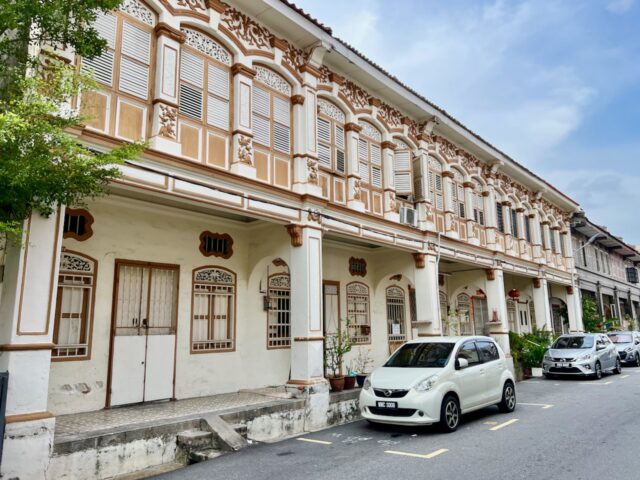
Heritage buildings of George Town
The architecture of George Town is a visual narrative of the city’s diverse heritage. Its buildings fall into several distinct categories: colonial British, Chinese shophouses, Peranakan mansions and religious structures such as mosques and temples. These buildings, many of which were constructed between the 19th and early 20th centuries, display intricate design elements that are a blend of different cultural and architectural traditions.
1. Chinese shophouses
The iconic shophouses of George Town form a large part of the city’s architectural identity. You’ll see them in virtually every street in George Town. These narrow, two- or three-story buildings are typically long and deep, with commercial space on the ground floor and living quarters above.
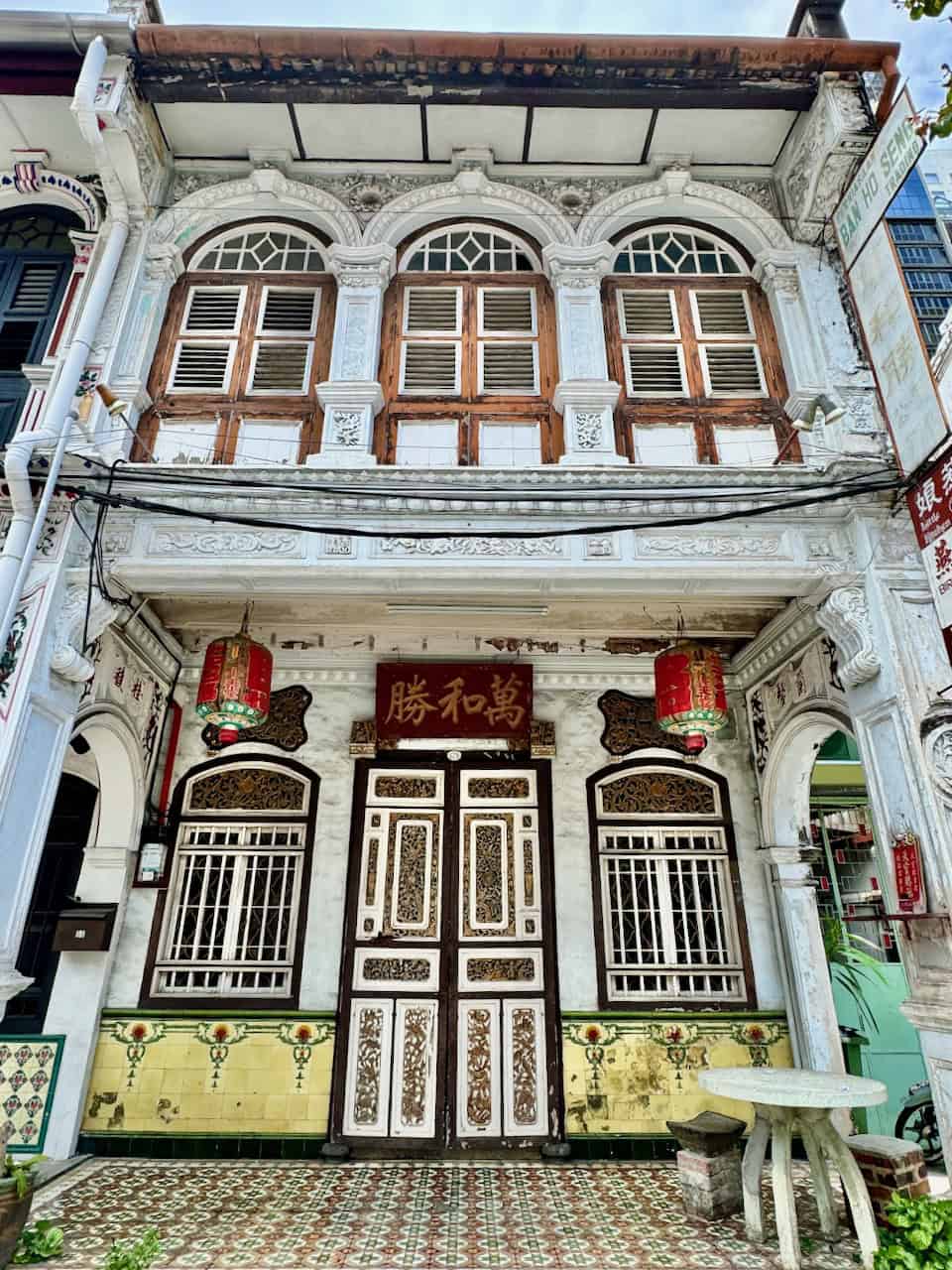
The front is characterised by a shady portico on the ground floor, a five-foot way and upper floor windows with wooden shutters. The façades are often adorned with decorative tiles and wrought-iron grills. These shophouses, built between the late 18th and early 20th centuries, combine Chinese architectural elements such as U-shaped terra cotta roof tiles and butterfly-shaped air vents, with European features, including neoclassical arches and colonial columns.
2. Peranakan mansions
The homes of the wealthy Peranakan families are some of the most lavish examples of George Town’s heritage architecture. Peranakan mansions blend Chinese, Malay and European styles, featuring ornate wood carvings, beautiful porcelain tiles and grand central courtyards. These mansions often have elaborate detailing on their façades, with motifs like phoenixes, peonies, and dragons that symbolise prosperity and longevity.
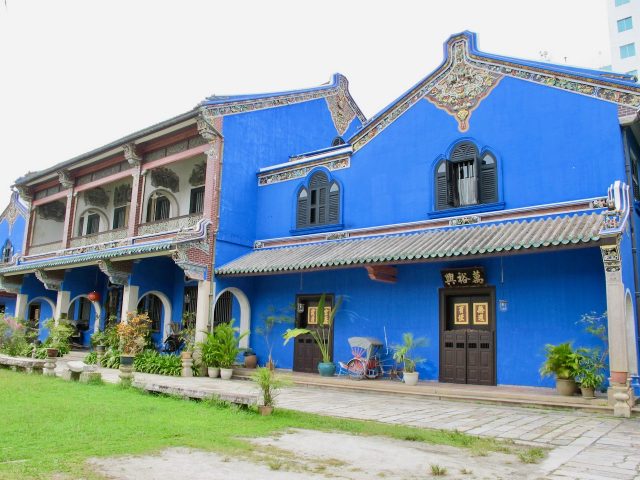
A prime example of an extravagant Peranakan Mansion is the Cheong Fatt Tze Mansion, also known as the Blue Mansion. Built in the late 19th century, it reflects the affluence of its owner, Cheong Fatt Tze, a wealthy Chinese merchant. The mansion is renowned for its striking indigo-blue walls, traditional Chinese feng shui design, and the use of Scottish cast-iron railings and Art Nouveau stained glass, making it an eclectic fusion of East and West.
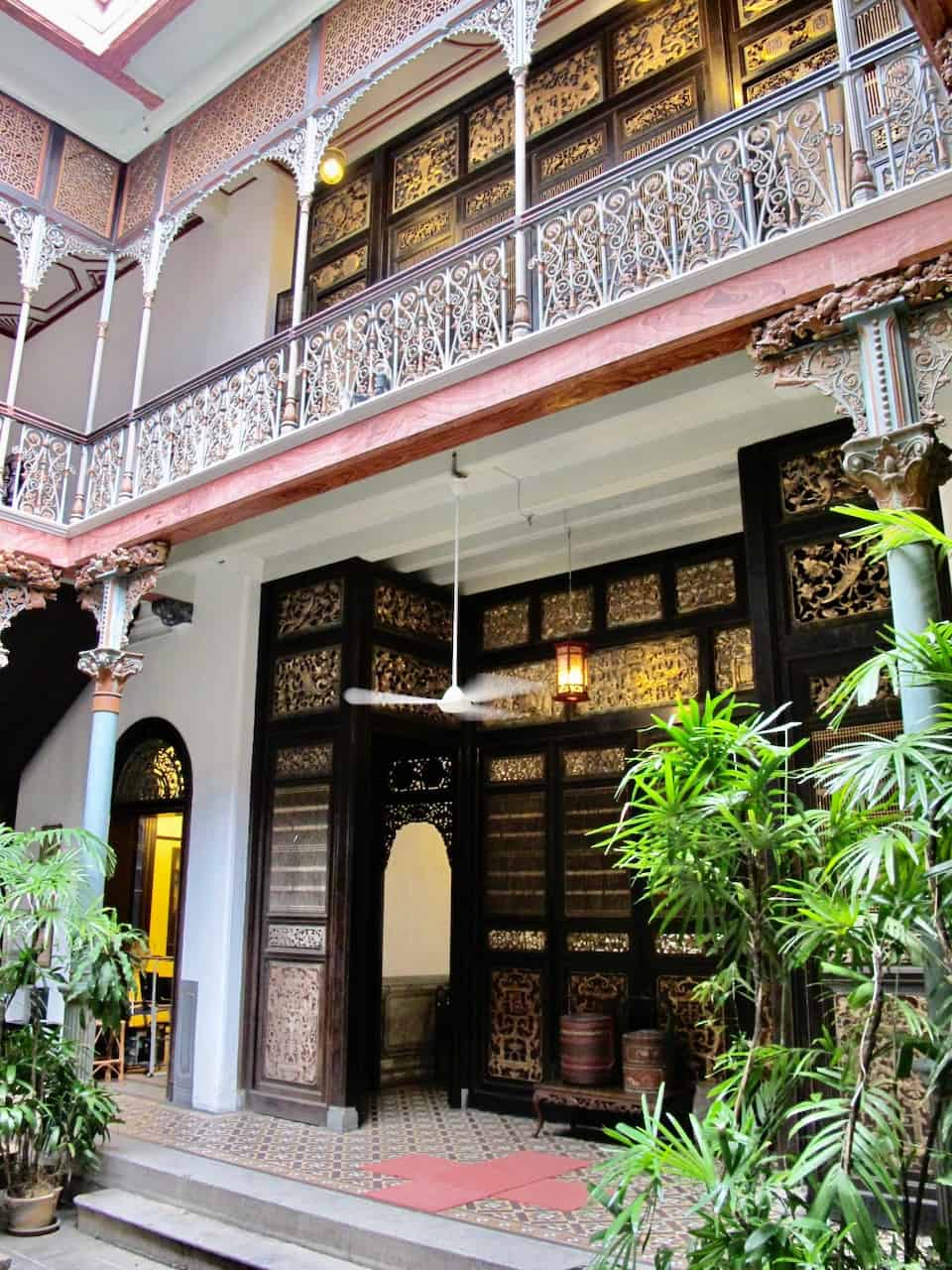
Many of these Peranakan mansions have been converted into restaurants or boutique hotels. Staying at one of these heritage boutique hotels is a great way to immerse yourself in the George Town’s history and culture. Some boutique hotels I can recommend include Seven Terraces, Jawi Peranakan Mansion, 23 Love Lane, Cheong Fatt Tze Mansion and Macalister Mansion.
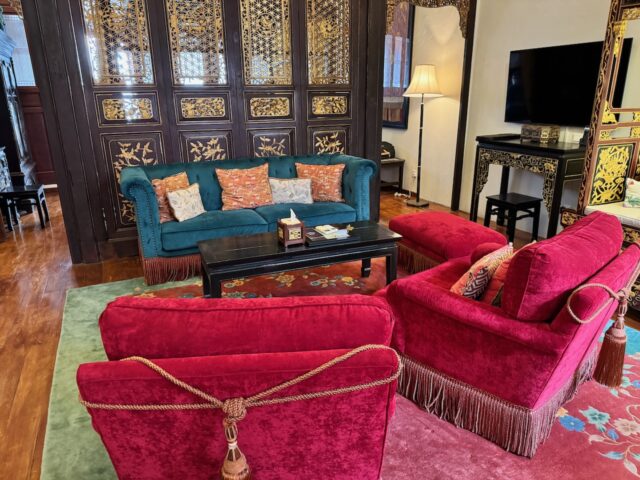
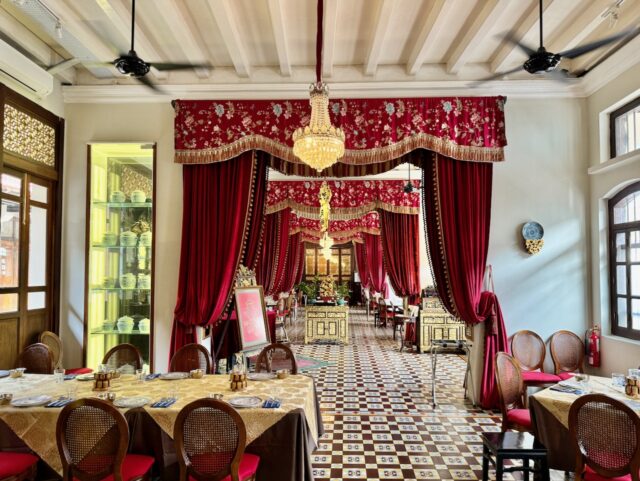
3. Colonial British architecture
As a former British colony, George Town’s cityscape also features colonial buildings that exemplify European neoclassical and Palladian architectural styles. These structures, with their grand, symmetrical facades, were the centre of government and commerce during British rule.
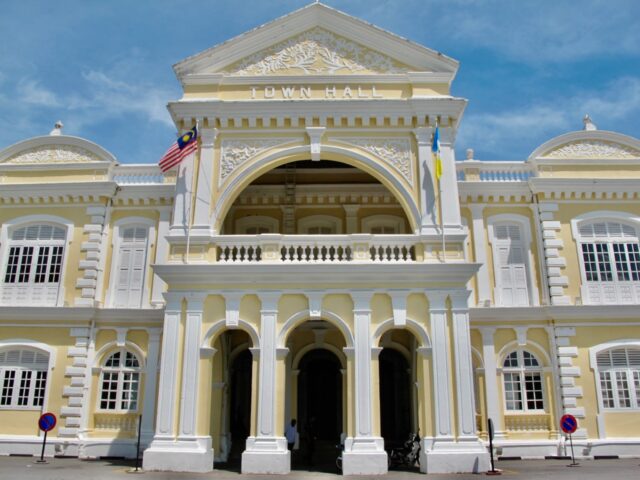
Penang Town Hall is a prominent example of Edwardian Baroque architecture, with its grand columns, intricate stonework, and symmetrical design. The Eastern & Oriental Hotel, established in 1885, is another symbol of colonial opulence, blending Victorian and neoclassical styles in its design.
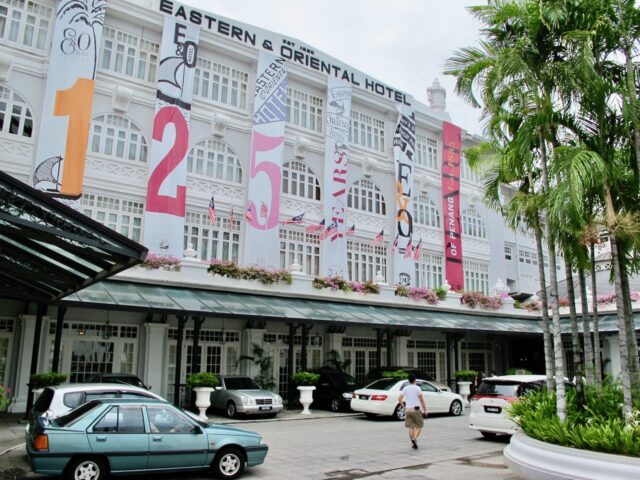
4. Religious architecture
George Town’s diverse heritage is also reflected in its religious buildings. The 18th century Kuan Yin Temple, the oldest in Penang, showcases Chinese architecture with its sweeping rooflines, intricate carvings, and ceramic tiles.
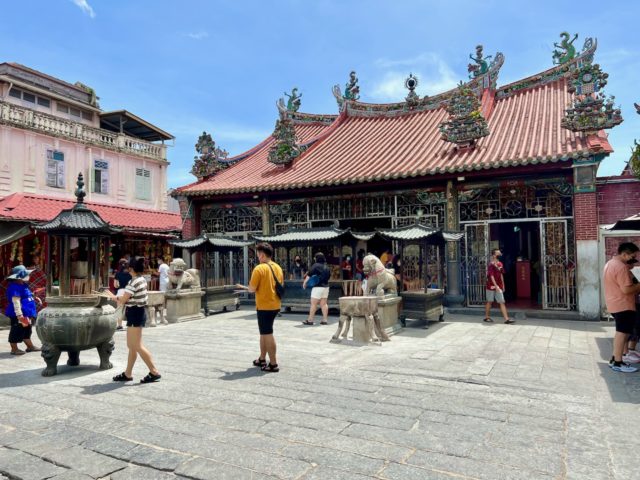
Other temples, some built by powerful Chinese clans, that are absolutely worth visiting include the Hainan, Khoo Kongsi, Cheah Kongsi and Yap Kongsi temples.
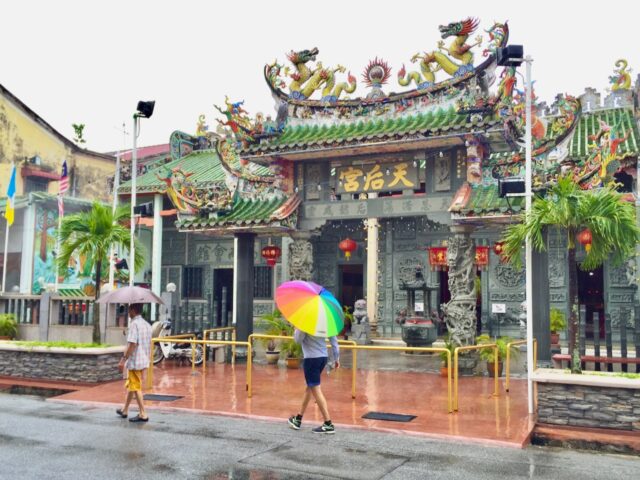
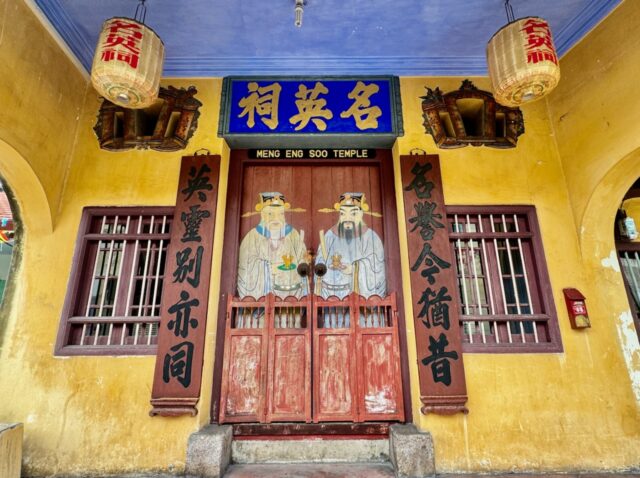
The Kapitan Keling Mosque, built by Indian Muslim traders, features Mughal-style domes and minarets that stand as symbols of the city’s religious pluralism.
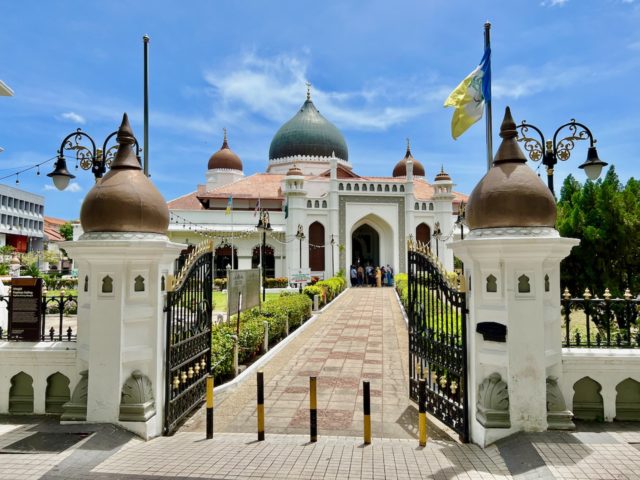
The St. George’s Church, the oldest Anglican church in Southeast Asia, is another key landmark that highlights colonial religious architecture.
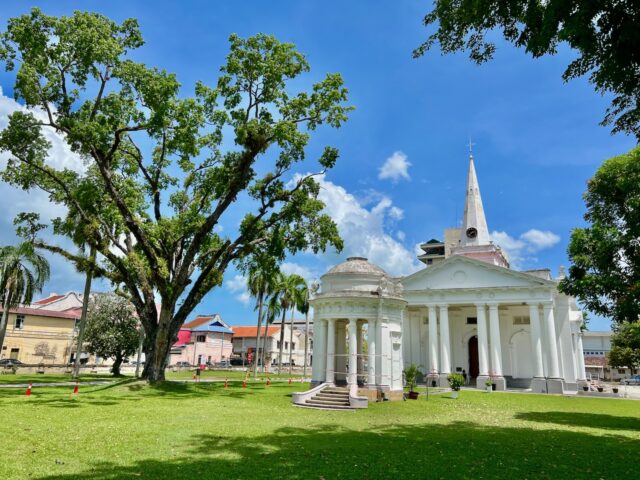
You can learn more about these heritage buildings during a half-day historical city tour.
Peranakan culture in George Town
At the heart of George Town’s heritage are the Peranakans, whose culture has shaped the city’s identity. The Peranakan, or Straits Chinese, developed a unique culture that combined traditional Chinese customs with Malay influences. This blending is evident in their clothing, cuisine, language and architecture.
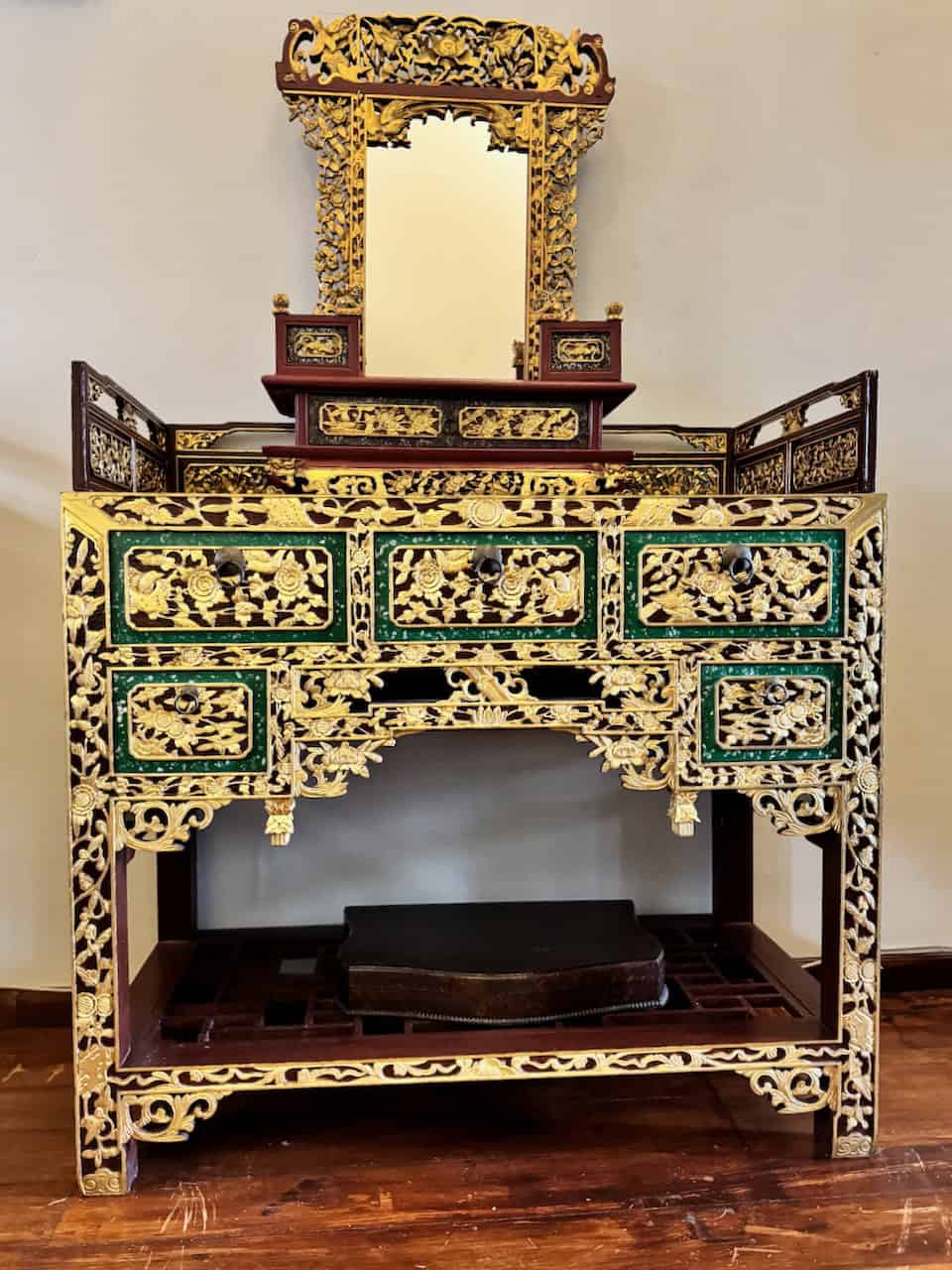
Peranakan homes were not just residences but also statements of wealth and cultural pride. These mansions often housed extended families and served as the social hub for community gatherings and celebrations. The interiors of these homes – with their airy courtyards – were filled with intricate furniture, porcelain wares, and lacquered wood screens. These are symbols of Peranakan refinement and their embrace of both local and European styles.
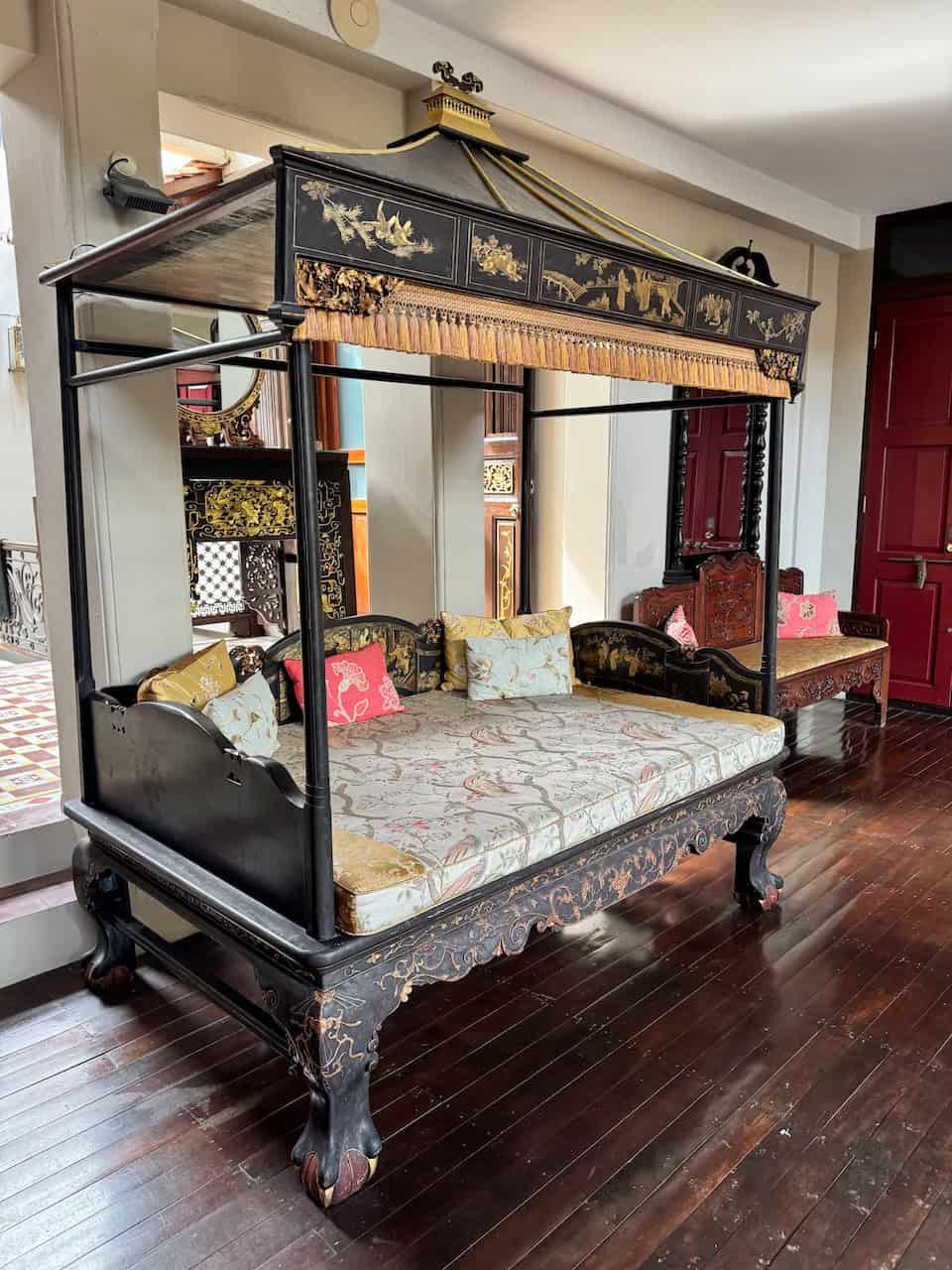
The Peranakan love for vibrant colours and ornate design is evident in their architecture. Examples include the detailed tiling, stucco work and decorative wooden panels found in their homes. The Pinang Peranakan Mansion, originally the home of a wealthy Peranakan merchant, is now a museum that offers visitors a glimpse into the lifestyle, traditions and artistry of this community.
Famous heritage buildings in George Town
In addition to the previously mentioned mansions and colonial buildings, there are several other notable heritage buildings in George Town:
Khoo Kongsi Clan House
One of the most magnificent Chinese clan houses in Malaysia, the Khoo Kongsi is an architectural gem with its elaborate roof, adorned with dragons, and walls covered in intricate carvings. The Khoo clan, one of the most prominent Chinese family clans in Penang, used it as a communal hall.
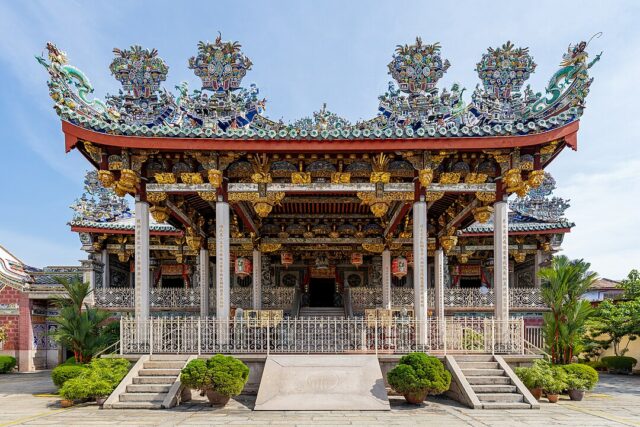
Khoo Kongsi is a symbol of the Chinese clan’s prestige and success in Penang. It’s an architectural wonder that includes decorative sculptures and traditional carvings that depict tales of Chinese legends and gods.
Cheah Kongsi Clan House
The Cheah Kongsi Clan House and ancestral temple is one of the most charming clan houses in George Town. Opened in 1810, it’s also one of the oldest. The temple, with its impressive carvings and beautiful sweeping roof, is especially striking.
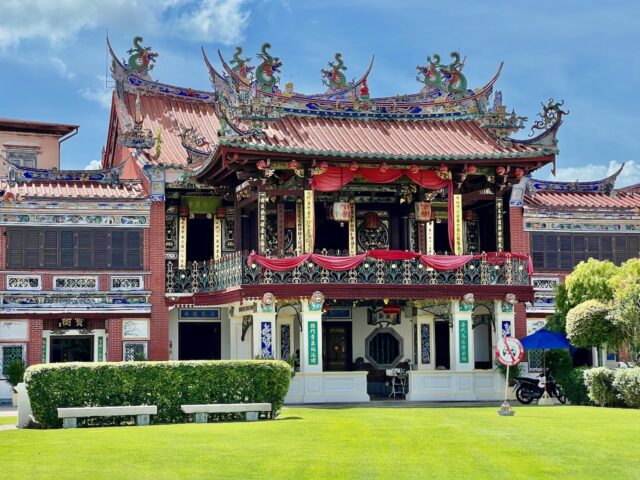
Suffolk House
A stunning Anglo-Indian mansion built in the early 1800s, Suffolk House was once the residence of Penang’s colonial governors. It’s considered to be one of the finest examples of Georgian architecture in Southeast Asia.
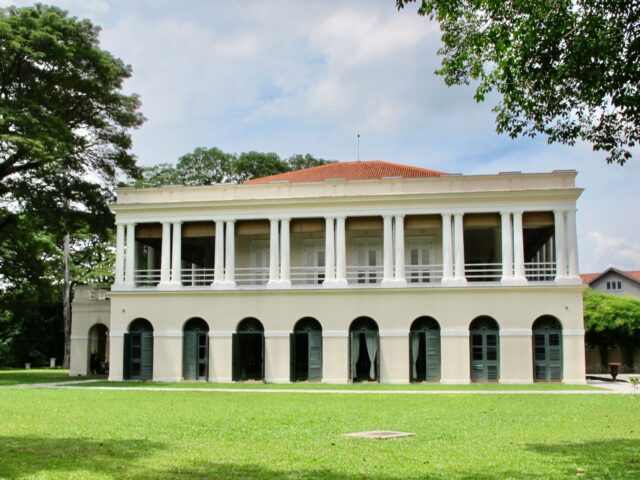
George Town, Malaysia, is not just a city of heritage buildings but a vibrant, living museum where architecture tells the story of its diverse communities and their shared history. The unique mix of Peranakan, Chinese, Malay, Indian, and European architectural influences has given the city a distinct and irresistibly charming character. Exploring the heritage buildings of George Town is a journey through time, offering visitors a glimpse into a world where East meets West.

